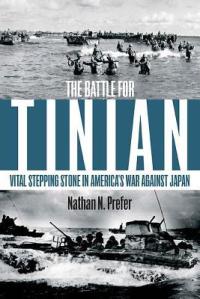I loved Mike Jackson and Tara Dixon-Engel’s “Naked in Da Nang.” Jackson was a Forward Air Controller flying over Vietnam in 171 to 1972. He flew 210 combat missions.
I appreciated the humanity of the pilots and soldiers that ran through in his book. It was I picture that related more to my own experience in service during the same era.
I enjoyed reading “Naked in Da Nang.” The stories of flying left me feeling I was in the aircraft with the author. I learned respect for the difficulty of just getting the aircraft support on station and the key roll the FAC had to keep friendly fire off the good guys.
I loved the way this wasn’t a typical hubris memoir. The word humanity kept coming to mind as I read the book. The human story was the thread running throughout the book. I loved the “Other Voices” being included in the story. I was especially touched by his then eighth grade sister’s recollection of Mike’s going into the Air Force after college, his parents crying, and the map she hated in the basement. His sister sharing her outburst at school when the flower child teacher calls the troops in Vietnam baby kills is touching. We feel the fear her family had in not hearing from Mike for two weeks prior and the family love she had in defending him. The chapter that the book draws its title from is humorous. We have the power going out causing the lights to go out while Mike Jackson is stuck outside, naked, in the typhoon.
My research found the book is now in its third printing. That is amazing for a military memoir. It also tells you something is different about this one – it tells the human story. It will touch your emotions. It really felt at times like I was sitting at the dining room table with a cup of coffee and the author sitting across reminiscing about his time in Vietnam, both how he got there, how it touched his family, and what he has done since. I highly recommend the book.
I appreciated the humanity of the pilots and soldiers that ran through in his book. It was I picture that related more to my own experience in service during the same era.
I enjoyed reading “Naked in Da Nang.” The stories of flying left me feeling I was in the aircraft with the author. I learned respect for the difficulty of just getting the aircraft support on station and the key roll the FAC had to keep friendly fire off the good guys.
I loved the way this wasn’t a typical hubris memoir. The word humanity kept coming to mind as I read the book. The human story was the thread running throughout the book. I loved the “Other Voices” being included in the story. I was especially touched by his then eighth grade sister’s recollection of Mike’s going into the Air Force after college, his parents crying, and the map she hated in the basement. His sister sharing her outburst at school when the flower child teacher calls the troops in Vietnam baby kills is touching. We feel the fear her family had in not hearing from Mike for two weeks prior and the family love she had in defending him. The chapter that the book draws its title from is humorous. We have the power going out causing the lights to go out while Mike Jackson is stuck outside, naked, in the typhoon.
My research found the book is now in its third printing. That is amazing for a military memoir. It also tells you something is different about this one – it tells the human story. It will touch your emotions. It really felt at times like I was sitting at the dining room table with a cup of coffee and the author sitting across reminiscing about his time in Vietnam, both how he got there, how it touched his family, and what he has done since. I highly recommend the book.
























